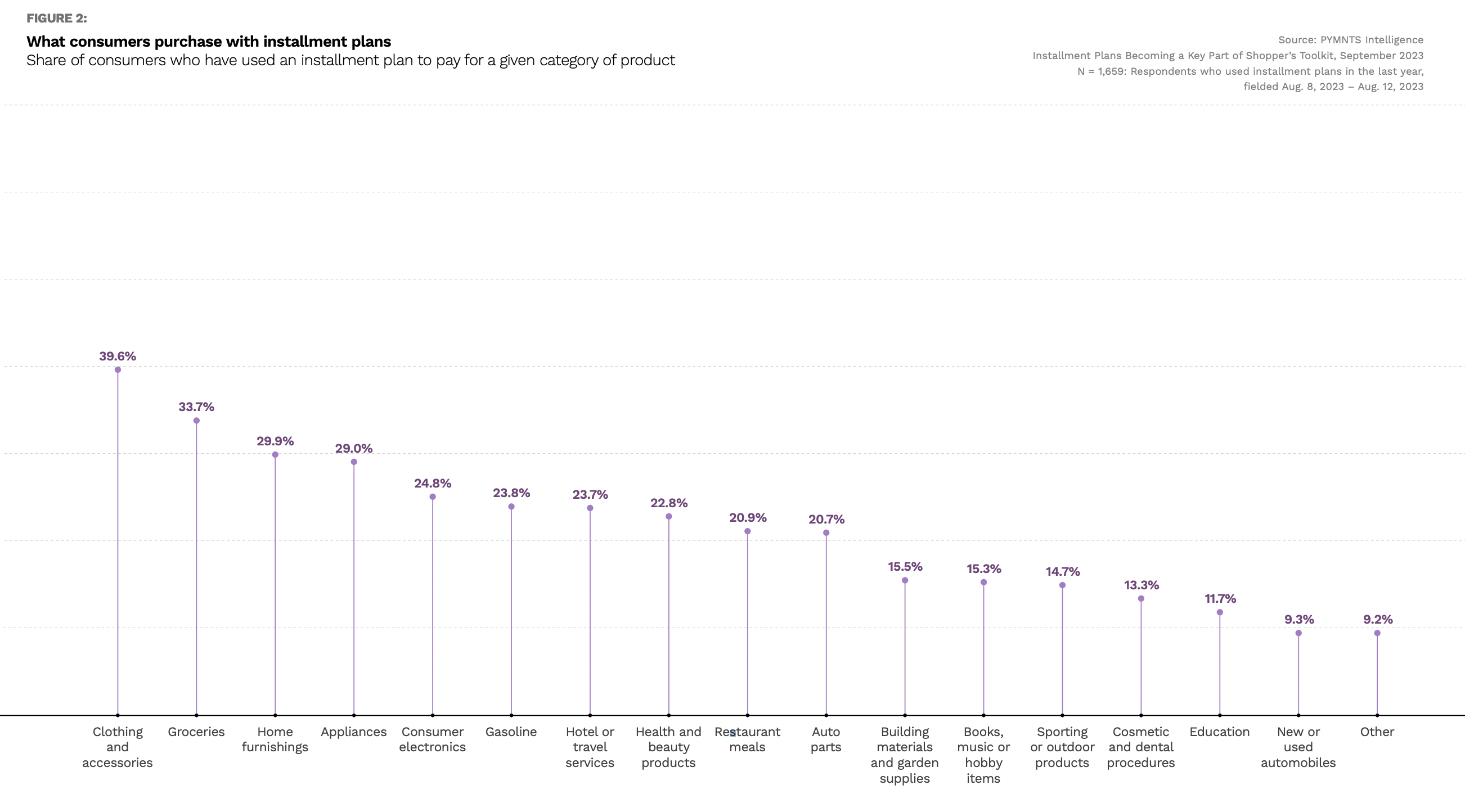
As consumers look for ways to afford the luxuries that they want even in the face of ongoing financial challenges, PYMNTS Intelligence reveals that many are turning to installment plans to stretch their budgets, enabling them to spring for indulgences such as restaurant dining.
The report “Installment Plans Becoming a Key Part of Shopper’s Toolkit,” a PYMNTS Intelligence and Splitit collaboration, which draws from a census-balanced survey of more than 2,500 U.S. consumers in August, reveals that, among the roughly 60% of consumers who have used some type of installment payment plan in the past 12 months, 21% have done so to purchase restaurant meals.

Indeed, restaurants maintain that consumers will continue to find a way to spring for meaningful dining experiences, even when they have less spending power than at other times.
For instance, earlier this year, Darden Restaurants, parent company of casual dining chains Olive Garden and LongHorn Steakhouse in addition to a handful of fine dining brands, noted that it was continuing to see consumers prioritize restaurant meals.
“There is a tension between what people want and what they can afford,” CEO Rick Cardenas said on a March earnings call. “Consumers continue to seek value, which is not about low prices. Consumers are making spending trade-offs, and food away from home is one of the most difficult expenses to give up, because going out to a restaurant is still an affordable luxury for them.”
Similarly, Restaurant Brands International (RBI), parent company of Burger King, Tim Hortons, Popeyes and Firehouse Subs, said in May that, as long as consumers have jobs, they will continue to purchase quick-service restaurant (QSR) meals.
“In terms of what the key drivers are … I think the biggest one really is employment,” CEO Josh Kobza said on a call with analysts. “That’s really what drives our guests — having money in their pockets and being out and about. That is probably the highest correlation item that we see towards our sales and traffic. And the fortunate thing is that employment in the U.S. continues to be really good.”